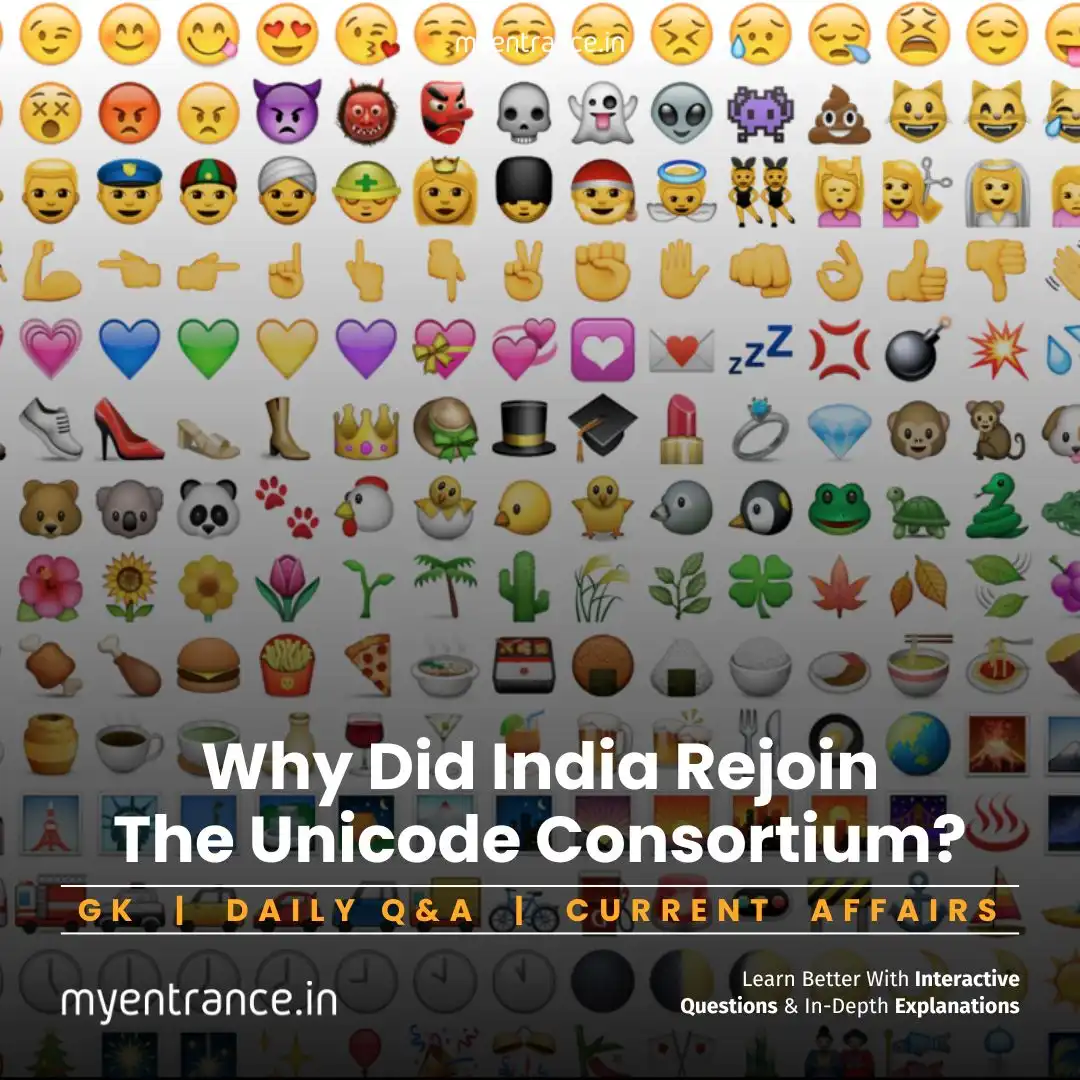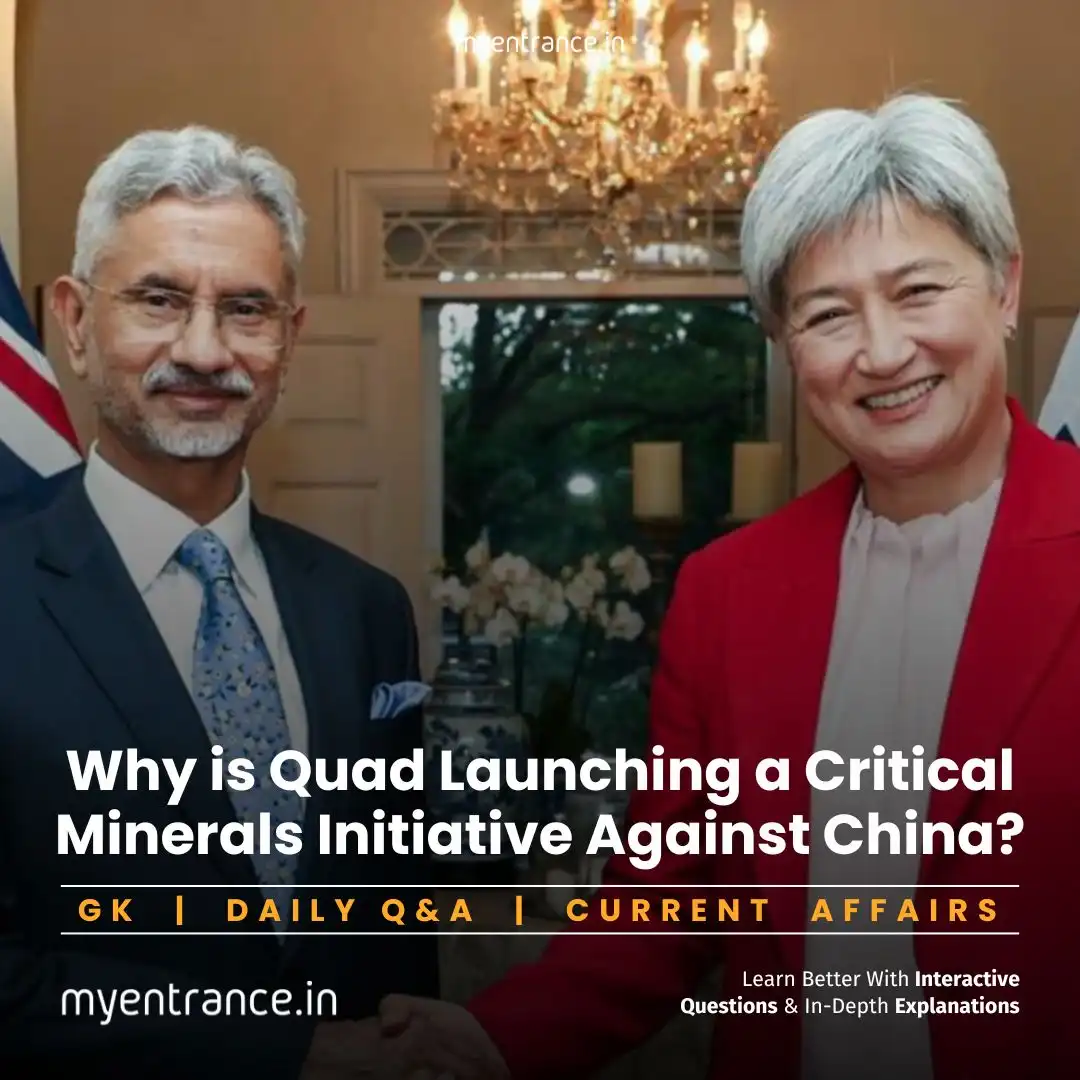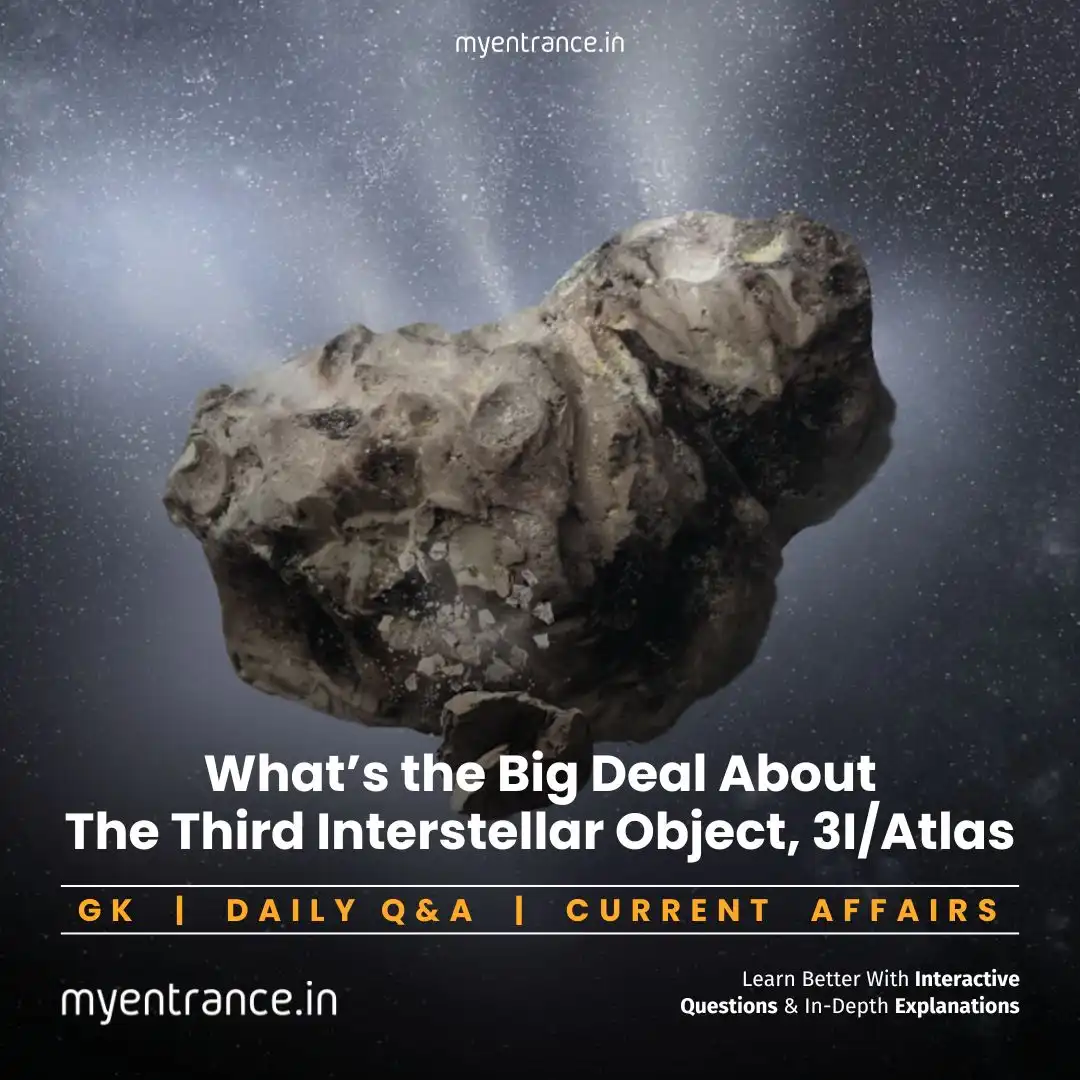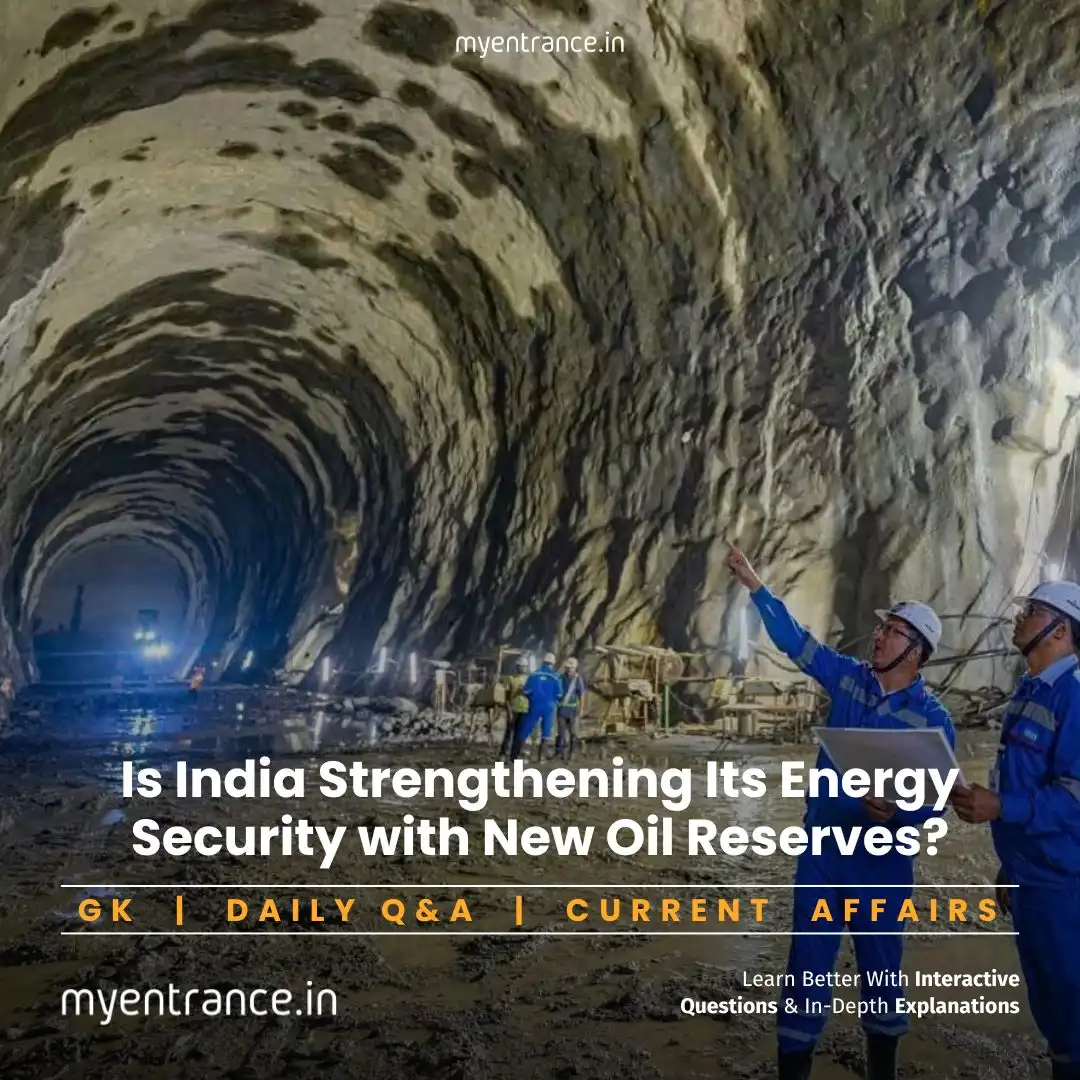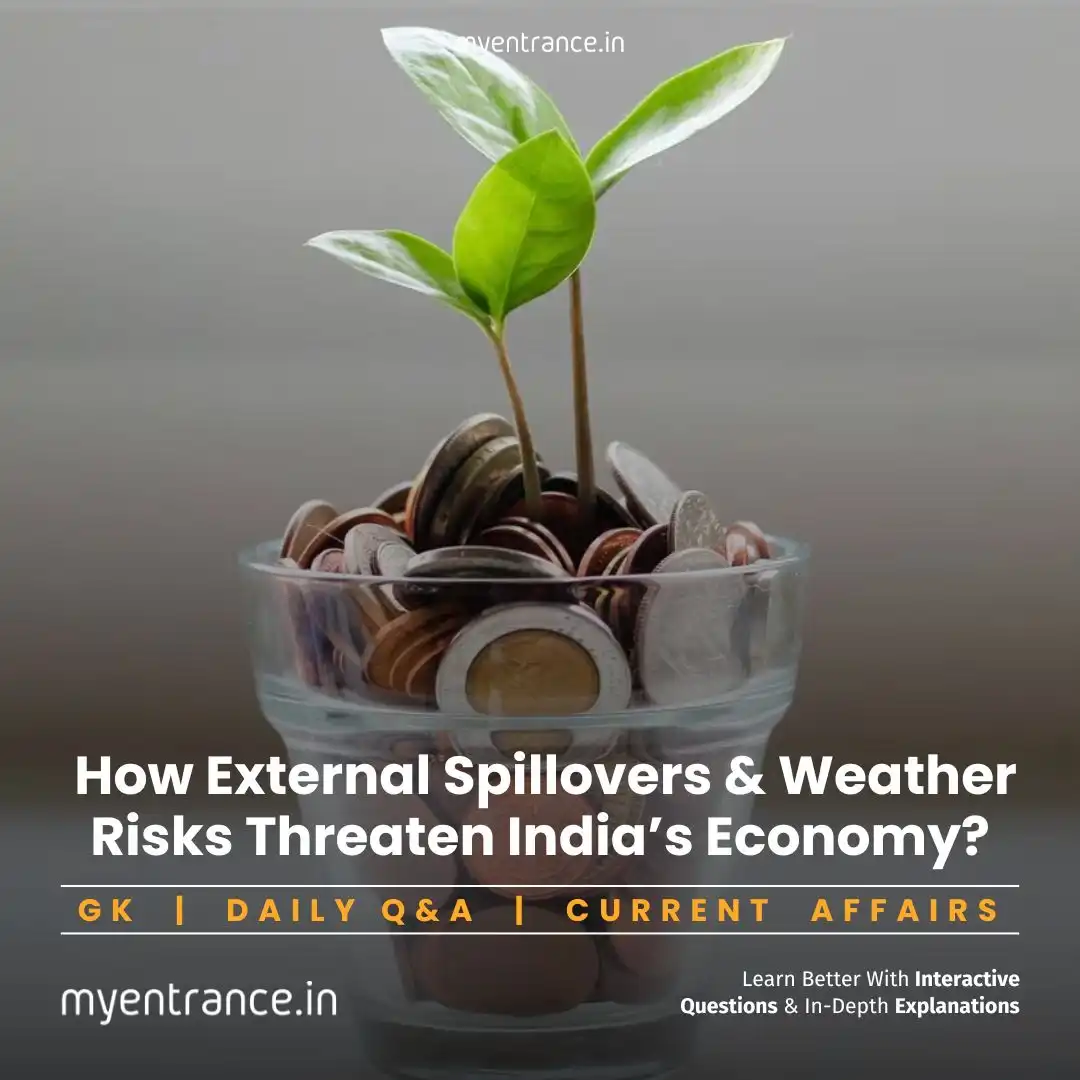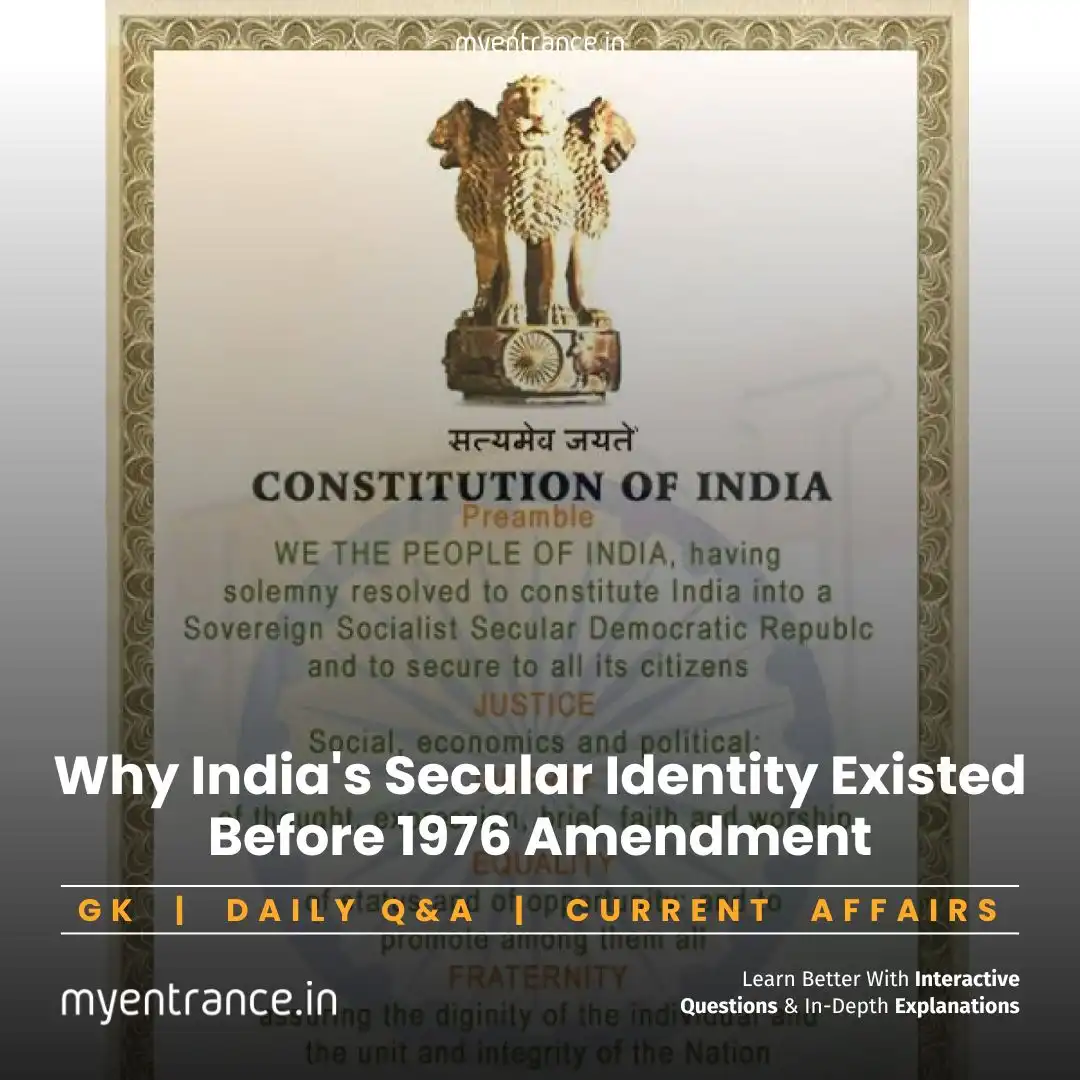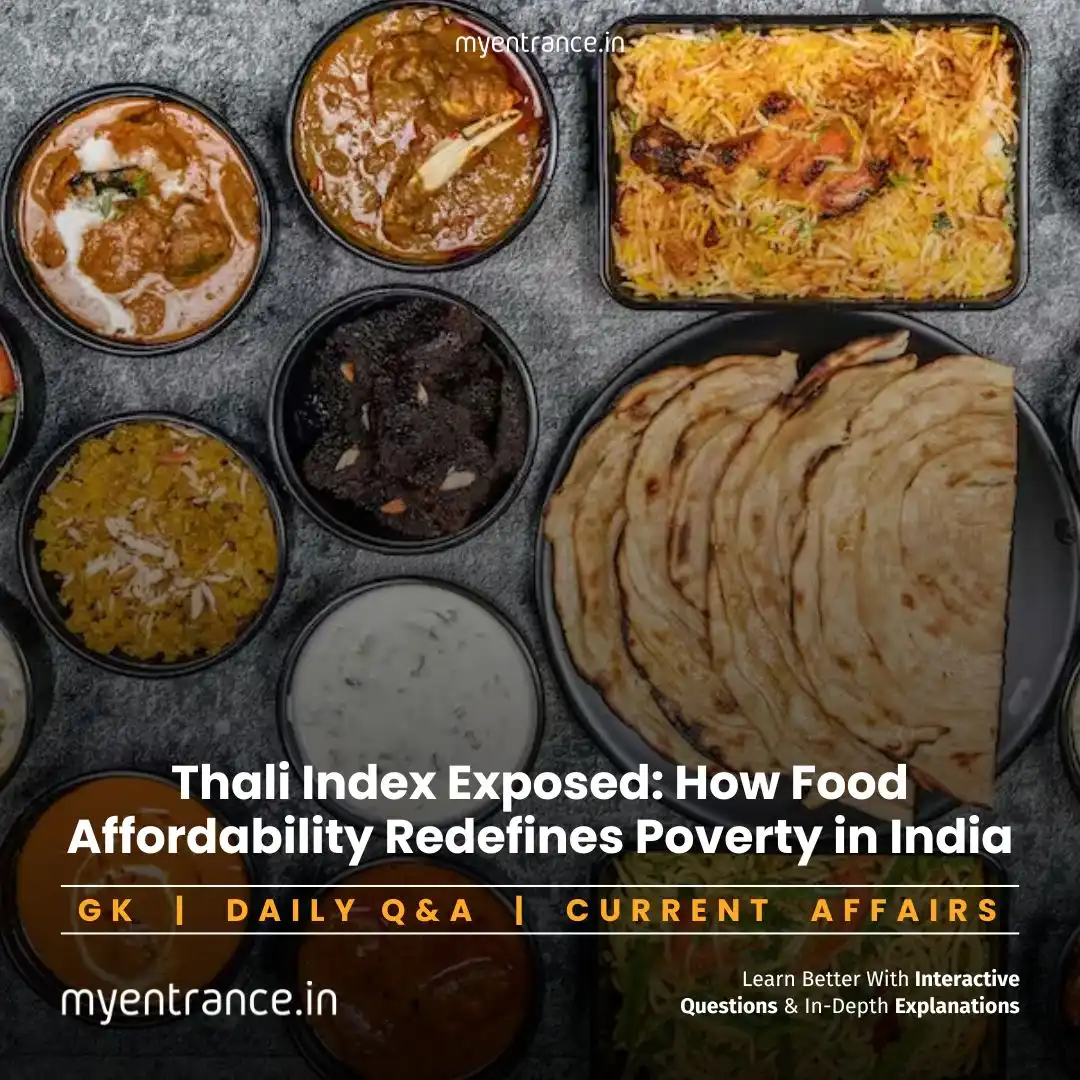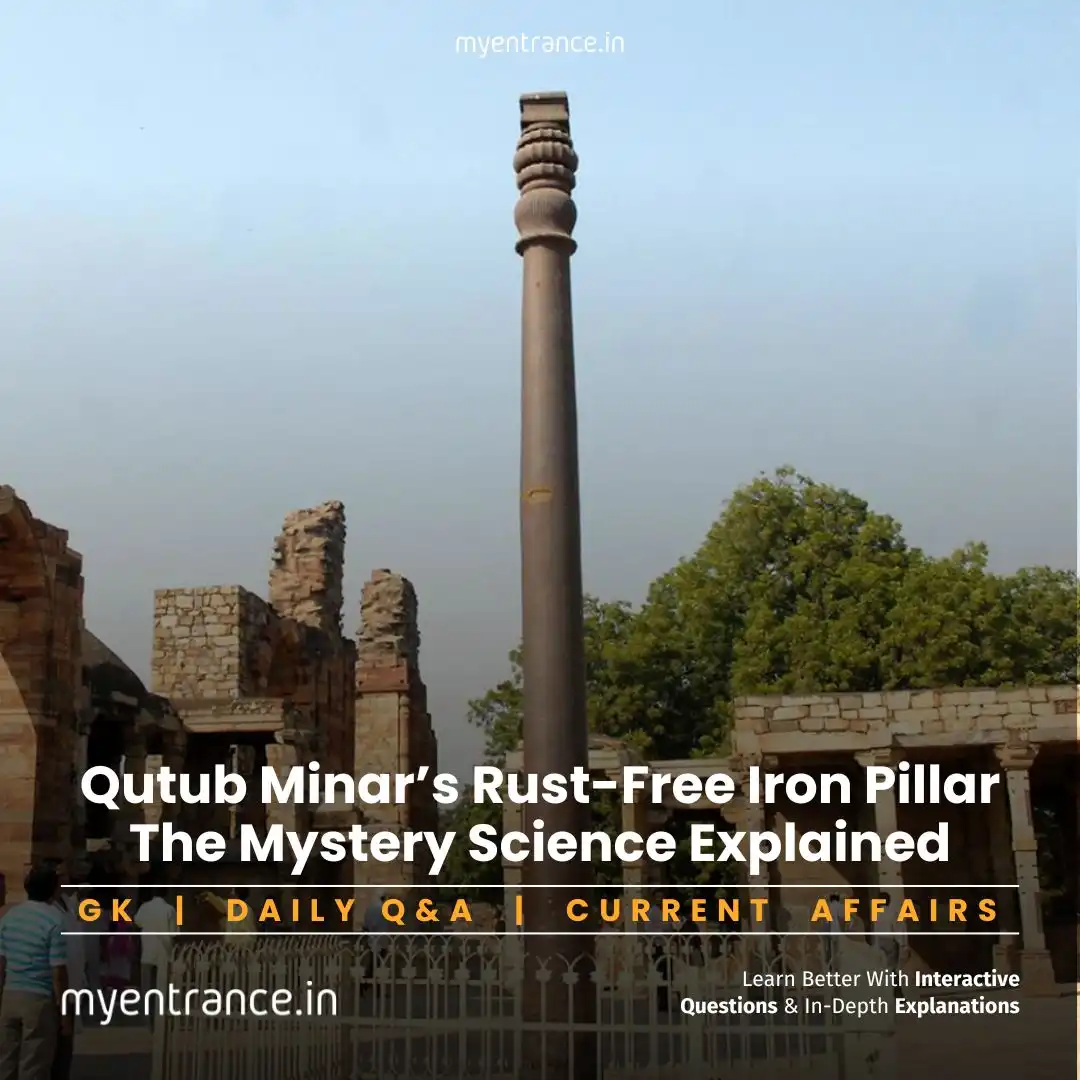Select Language
Bhopal Gas Tragedy: 337 Tonnes of Toxic Waste Finally Incinerated!
The 1984 Bhopal Gas Tragedy remains a dark chapter in India’s industrial history. Four decades later, the disposal of 337 tonnes of toxic waste from the site marks a critical milestone in environmental rehabilitation.
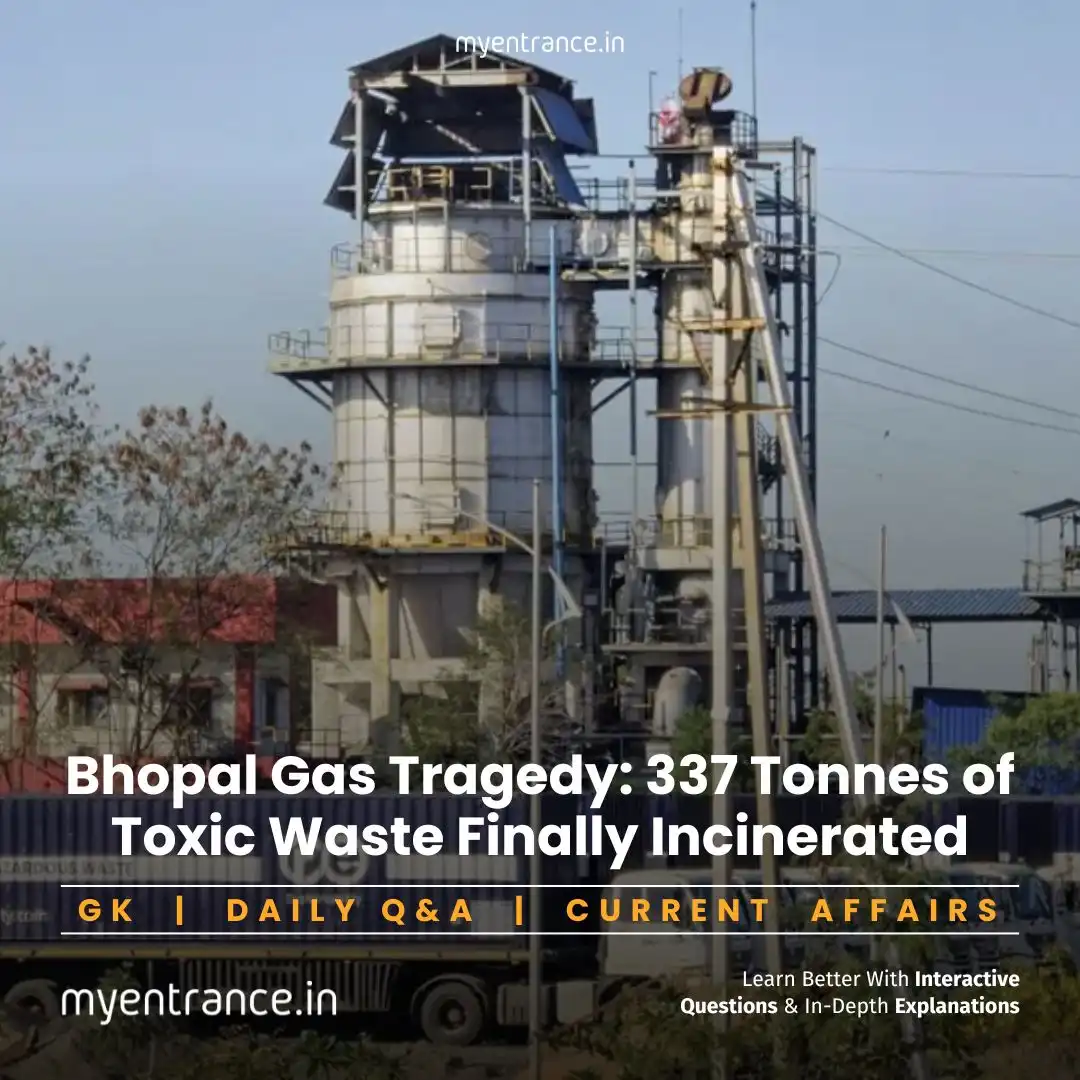
The Bhopal Toxic Waste Cleanup: A Long-Awaited Resolution
On June 30, 2024, officials confirmed the complete incineration of 337 tonnes of hazardous waste from the abandoned Union Carbide factory in Bhopal. This operation, ordered by the Madhya Pradesh High Court, ended a 40-year environmental crisis. Here’s what unfolded:
The Timeline:
January 1, 2024: Waste transported to Pithampur’s disposal facility.
May 5–June 30: Final incineration phase completed.
By November 2024: Residue will be buried in specially constructed landfill cells.
Waste Composition:
The waste included contaminated soil (162 MT), insecticide materials (92 MT), semi-processed pesticides (54 MT), and reactor residue (29 MT). All materials were repacked in labeled “jumbo bags” following Hazardous Waste Management Rules.
Safety Measures:
Real-time emission monitoring ensured pollutants stayed within safe limits. Post-incineration, ash was stored in leak-proof sheds until burial.
Public Resistance:
Protests erupted in Pithampur over health concerns, with locals requiring repeated government assurances about safety protocols.
Why Was This Delayed?
Legal battles, logistical challenges in transporting toxins, and ecological risks in densely populated areas stalled disposal for decades. The High Court’s December 2023 deadline forced action.
Why This Matters for Exams
This topic aligns with key exam syllabi:
Prelims: Environmental policies, Sustainable Development Goals, and industrial disasters.
Mains: Government intervention in disaster management, chemical safety regulations, and public health governance.
Questions on the Bhopal Gas Tragedy frequently appear in SSC, PSC, and design entrance exams (NID/NIFT) to test awareness of socio-environmental issues.
Sample Q&A for Exam Prep
Q: Which gas caused the 1984 Bhopal disaster?
A: Methyl Isocyanate (MIC).
Q: What institution monitored emissions during the waste incineration?
A: The Madhya Pradesh Pollution Control Board.
Q: Name one environmental risk of delayed toxic waste disposal.
A: Groundwater contamination or soil degradation.
Q: Which court mandated the Union Carbide waste cleanup?
A: The Madhya Pradesh High Court.
Q: What percentage of the waste was contaminated soil?
A: Roughly 48% (162 MT of 337 MT).
Get 3 Months Free Access for SSC, PSC, NIFT & NID
Boost your exam prep!
Use offer code WELCOME28 to get 3 months free subscription. Start preparing today!
